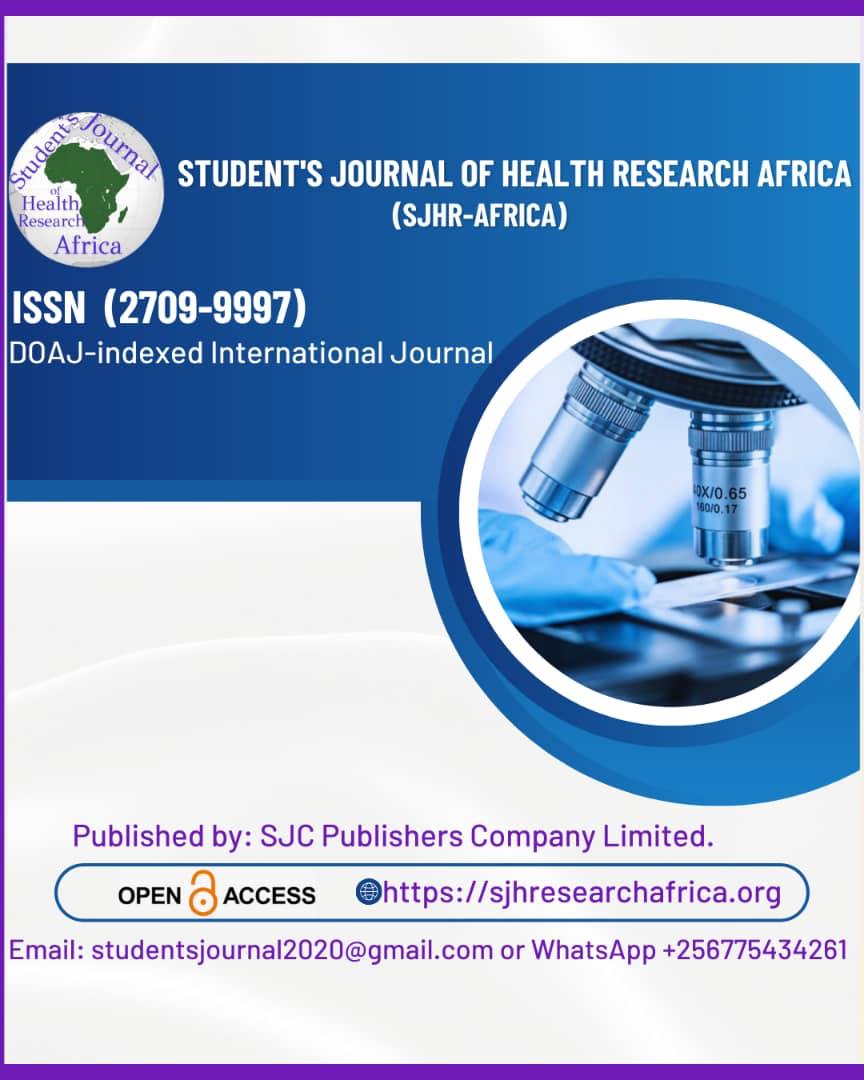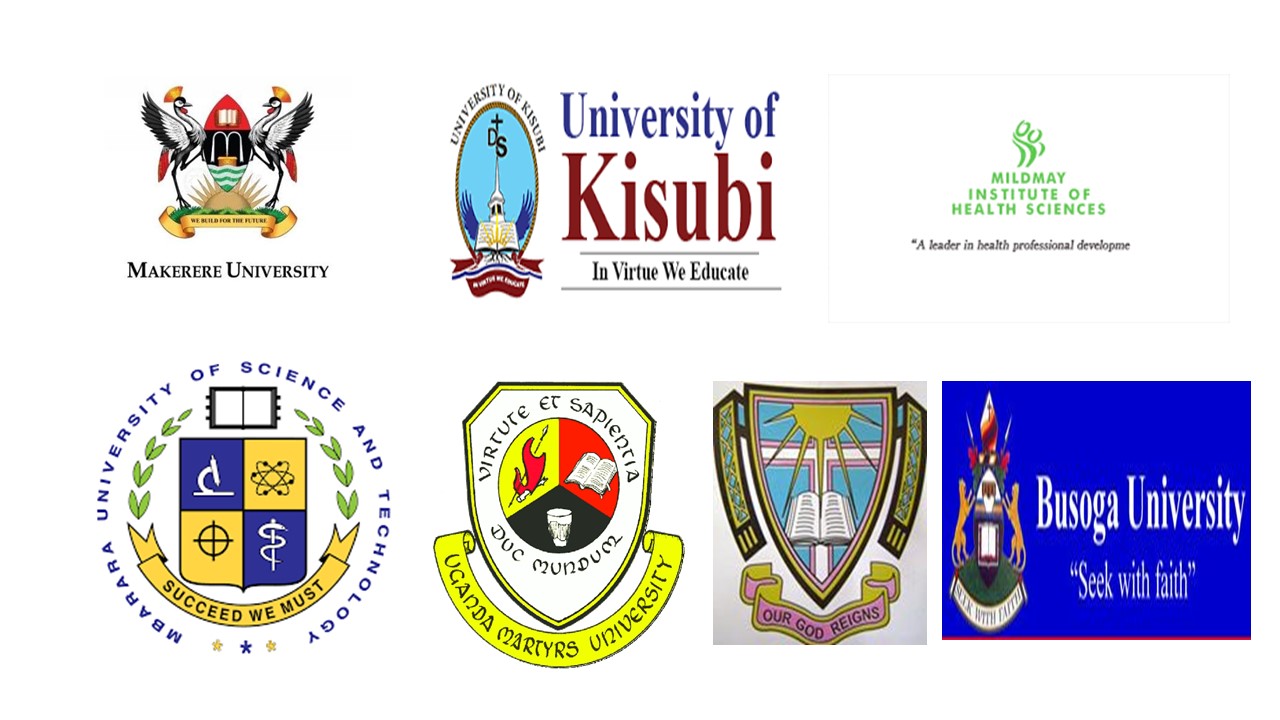Navigating policy and perception: A cross-sectional study on government policies impacting river conservation and community awareness in KwaZulu-Natal, South Africa.
DOI:
https://doi.org/10.51168/sjhrafrica.v6i6.1858Keywords:
River conservation, Environmental policy, Community awareness, Policy implementation, Compliance barriers, Sustainable water management, Environmental governance, KwaZulu-Natal, South Africa, Participatory conservationAbstract
Background
River ecosystems in South Africa are facing increasing pressures from pollution, overuse, illegal activities, and climate-related stressors. Although a strong policy framework exists to protect aquatic biodiversity and promote sustainable water management, effective implementation depends on public awareness, local participation, and community ownership of conservation efforts. This study aimed to assess the level of public awareness, understanding, and local engagement with river conservation policies among riverine communities in KwaZulu-Natal, and to identify barriers to effective community participation in river management.
Methods
A cross-sectional mixed-methods study was conducted across five riverine communities (uMngeni, uMlazi, uMsunduzi, Thukela, and uMkhomazi Rivers). A total of 120 participants were engaged: 80 community members, 20 government officials, and 20 representatives from NGOs and civil society groups. Quantitative data were collected using structured questionnaires, while qualitative insights were obtained through semi-structured interviews and focus group discussions. Data were analysed using descriptive statistics and thematic content analysis.
Results
Participants had a mean age of 38.4 years (range: 19–68); 56% were female and 44% male. Among officials and NGO representatives, 87% exhibited high awareness of environmental policies, compared to only 43% of community members. Only 27% of community members had received formal communication about conservation laws. Higher awareness and compliance were linked to participation in local conservation initiatives. Barriers to engagement included a lack of environmental education, mistrust of authorities, poor institutional coordination, and socio-economic pressures.
Conclusion
A significant gap exists between national river conservation policies and community-level understanding and participation. Bridging this gap requires targeted education, improved outreach, and stronger collaboration across stakeholders.
Recommendations
Implementing localised environmental education campaigns, fostering partnerships with traditional leaders, using mobile outreach platforms, and integrating conservation education into school curricula are essential to promote sustainable river stewardship at the community level.
References
Barbour, M.T., Gerritsen, J., Snyder, B.D. & Stribling, J.B., 1999. Rapid bioassessment protocols for use in streams and wadeable rivers: Periphyton, benthic macroinvertebrates and fish, 2nd ed. Washington, DC: U.S. Environmental Protection Agency, Office of Water.
Binns, T. & Nel, E., 2002. The challenges of sustainable development: Policy, strategies and community participation in the Eastern Cape, South Africa. Development Southern Africa, 19(3), pp.543-555.
Cabral, N.A., Marques, J.C. & Pardal, M.A., 2011.Impact of inter-annual environmental variability on the fish community of the Mondego estuary (Portugal). Estuarine, Coastal and Shelf Science, 94(2), pp.231-238.
Dallas, H.F. & Day, J.A., 2004. The effect of water quality variables on aquatic ecosystems: A review. Pretoria: Water Research Commission. (WRC Report No. TT224/04)
Department of Water Affairs and Forestry (DWAF), 2017. Water Quality Management Policies and Strategies. Pretoria: DWAF.
du Plessis, A., 2014. Environmental governance in South Africa: A focus on waste management. Environmental Development, 11, pp.47-57.
Elliott, M., Whitfield, A.K., Potter, I.C., Blaber, S.J.M., Cyrus, D.P., Nordlie, F.G. & Harrison, T.D., 2007. The guild approach to categorizing estuarine fish assemblages: A global review. Fish and Fisheries, 8(3), pp.241-268. https://doi.org/10.1111/j.1467-2679.2007.00253.x
National Environmental Management Act 107 of 1998. Pretoria: Government Gazette.
National Water Act 36 of 1998. Pretoria: Government Gazette.
Oberholster, P.J., Myburgh, J.G., Ashton, P.J. & Coetzee, J.J., 2010. A bioaccumulation assessment of selected macrophytes in the vicinity of gold mining activities in the Witwatersrand Basin (South Africa). Environmental Research, 110(6), pp.627-633.
Turpie, J.K., 2002.The ecological value of the riverine ecosystems of South Africa: A strategic overview. Water SA, 28(2), pp.133-143.
National Environmental Management: Biodiversity Act 10 of 2004. Pretoria: Government Gazette.
Downloads
Published
How to Cite
Issue
Section
License
Copyright (c) 2025 Sibonelo Thanda Mbanjwa

This work is licensed under a Creative Commons Attribution-NonCommercial-NoDerivatives 4.0 International License.






















